E-learning facilitates and supports learning through the use of ICT using electronic devices including desktop and/or laptop computers, software (e.g. assistive software), interactive whiteboards, digital cameras, mobile and wireless tools (e.g. mobile phone), electronic communication tools (e.g. email, discussion board, chat facility and video conferencing), Virtual Learning Environment (VLE) and Learning Management System (LMS).
(Source: E-Learning Guidelines for the Malaysian Higher Education Institutions, 2014)
back to top
Teachers who have adopted online materials and applications for teaching purposes would have enjoyed enormous benefits as learners, such as watching at own pace and convenience, greater personalisation, better engagement, higher productivity and satisfaction.
Furthermore, e-learning reaches a wider target audience by engaging learners who have difficulty attending conventional classroom training because they are:
- Not attending classes due to pandemic, diseases and natural disasters.
- Geographically dispersed with limited time and/or resources to travel;
- Busy with work or family commitments during class time;
- Located in conflict and post-conflict areas with restricted mobility due to security reasons;
- Limited from participating in classroom sessions because of cultural or religious beliefs;
- Facing difficulties with real-time communication (e.g. foreign language learners or very shy learners).
(Source: E-learning Methodologies: A Guide for Designing and Developing e-learning Courses, 2011)
back to top
E-learning activities can be synchronous or asynchronous.
Synchronous
Synchronous events take place in real time. Synchronous communication between teachers and students require them to both be present at a given time. Examples of synchronous activities are chat conversations and audio/video conferencing.
Asynchronous
Asynchronous events are time-independent. A self-paced course is an example of asynchronous e-learning because online learning takes place at any time.
E-mail, discussion forums, pre-recorded video are examples of asynchronous communication tools.
(Source: E-learning Methodologies: A Guide for Designing and Developing e-learning Courses, 2011)
back to top
ICT infrastructure and infostructure refers to essential communications technologies such as computers and the Internet, as well as fixed-line telecommunications, mobile phones, other wireless communications devices, networks, broadband and various specialised digital devices.
(Source: E-Learning Guidelines for the Malaysian Higher Education Institutions, 2014)
back to top
To assist and support virtual teaching, the list of technological tools and links below are useful in guiding teachers on how to design and develop online courses for learner:

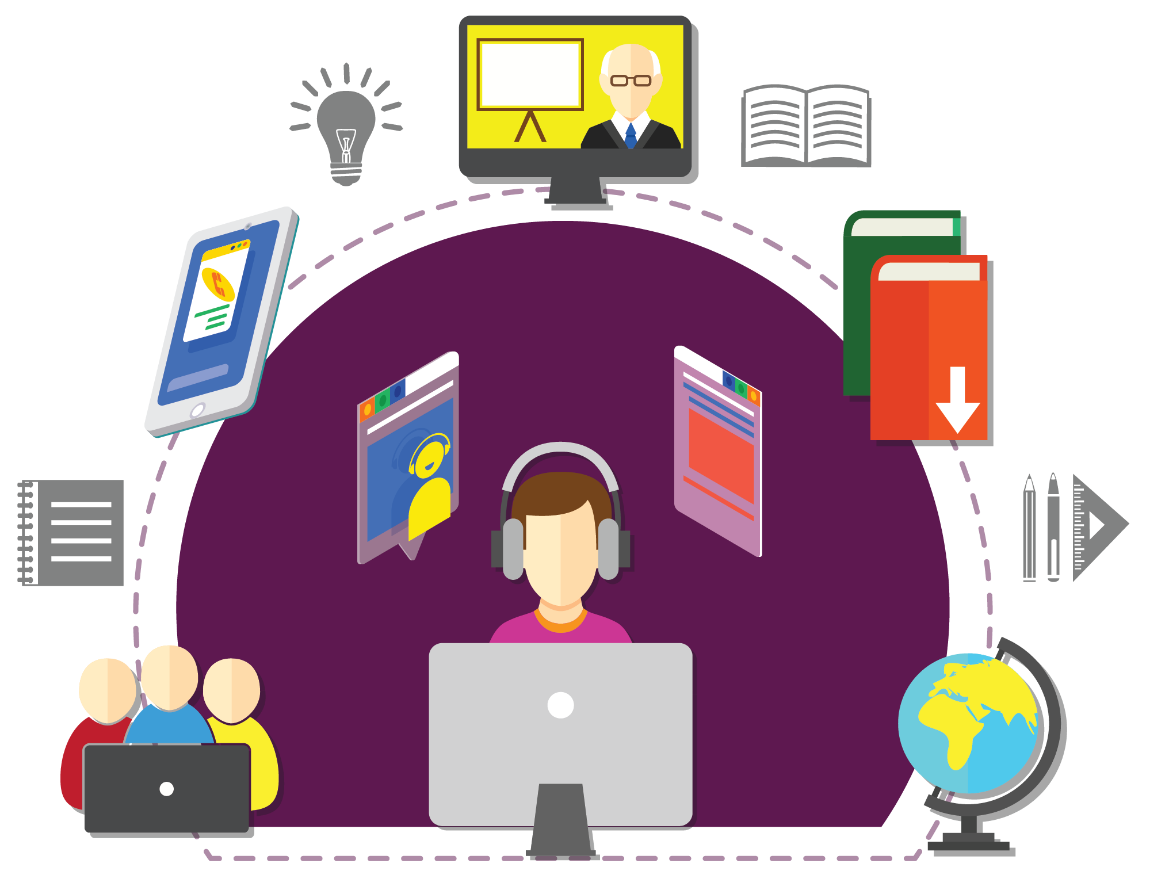
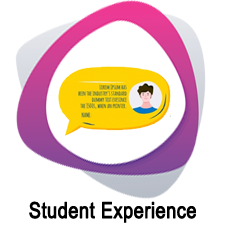
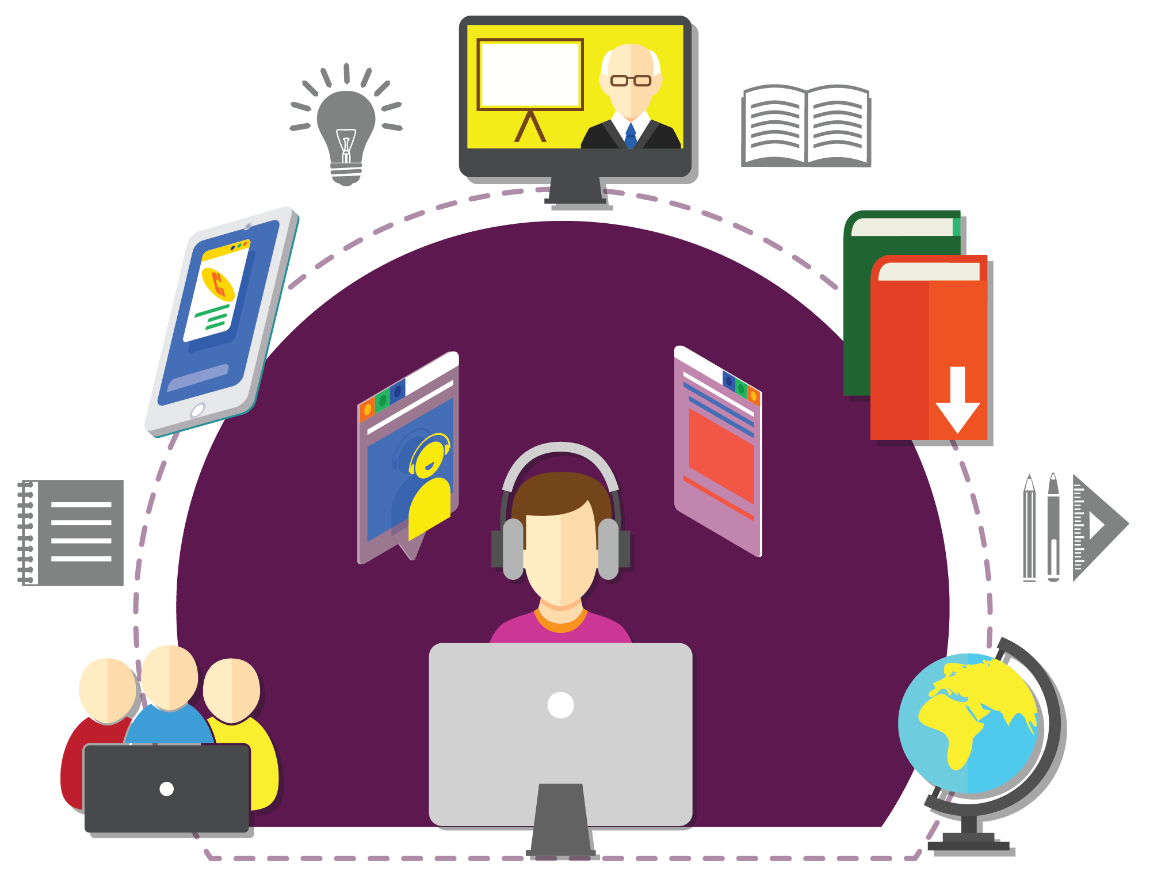

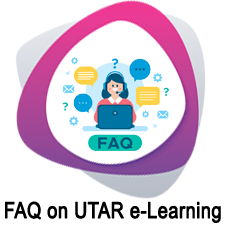
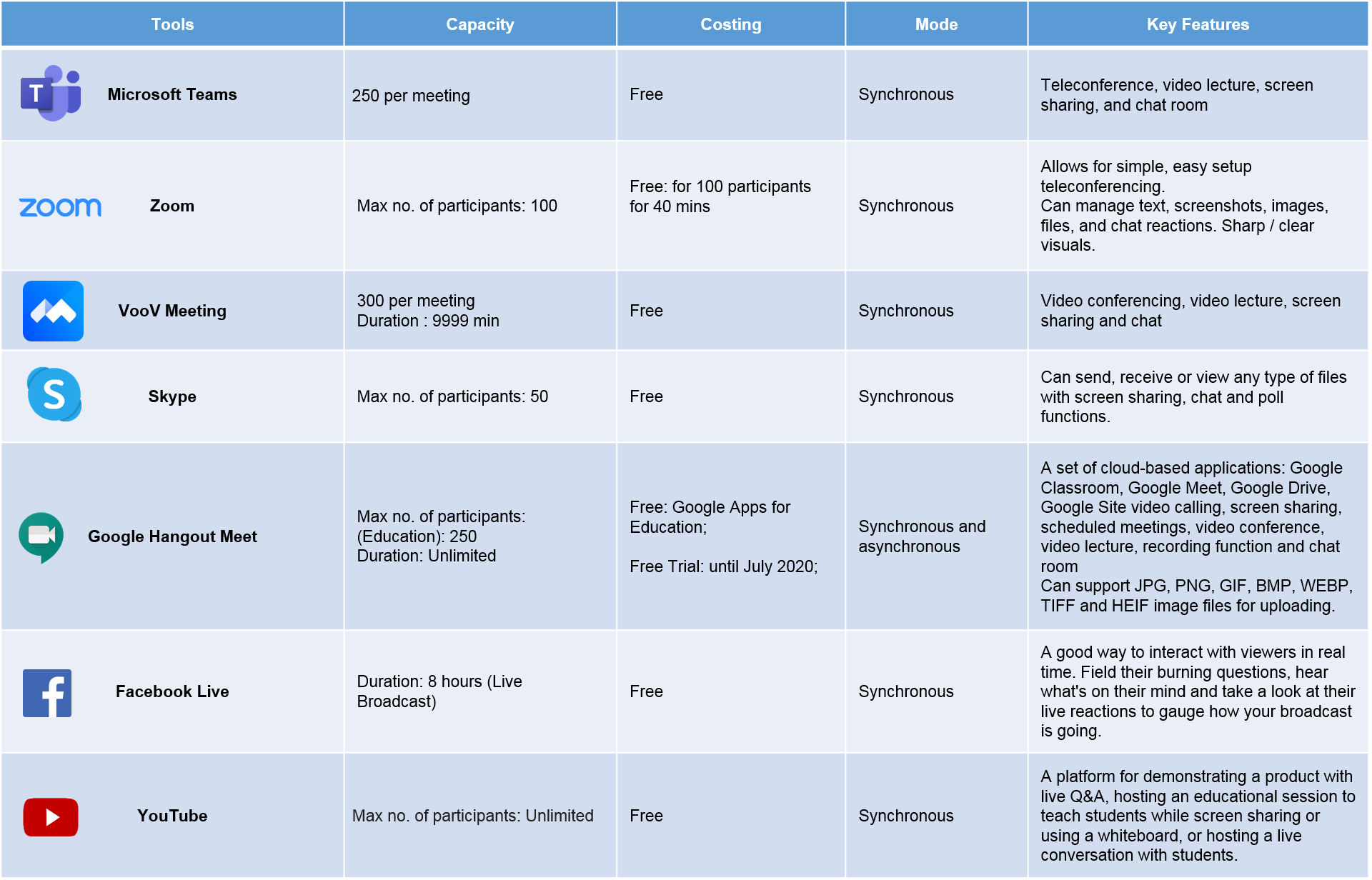 For access to these tools, please click:
For access to these tools, please click:
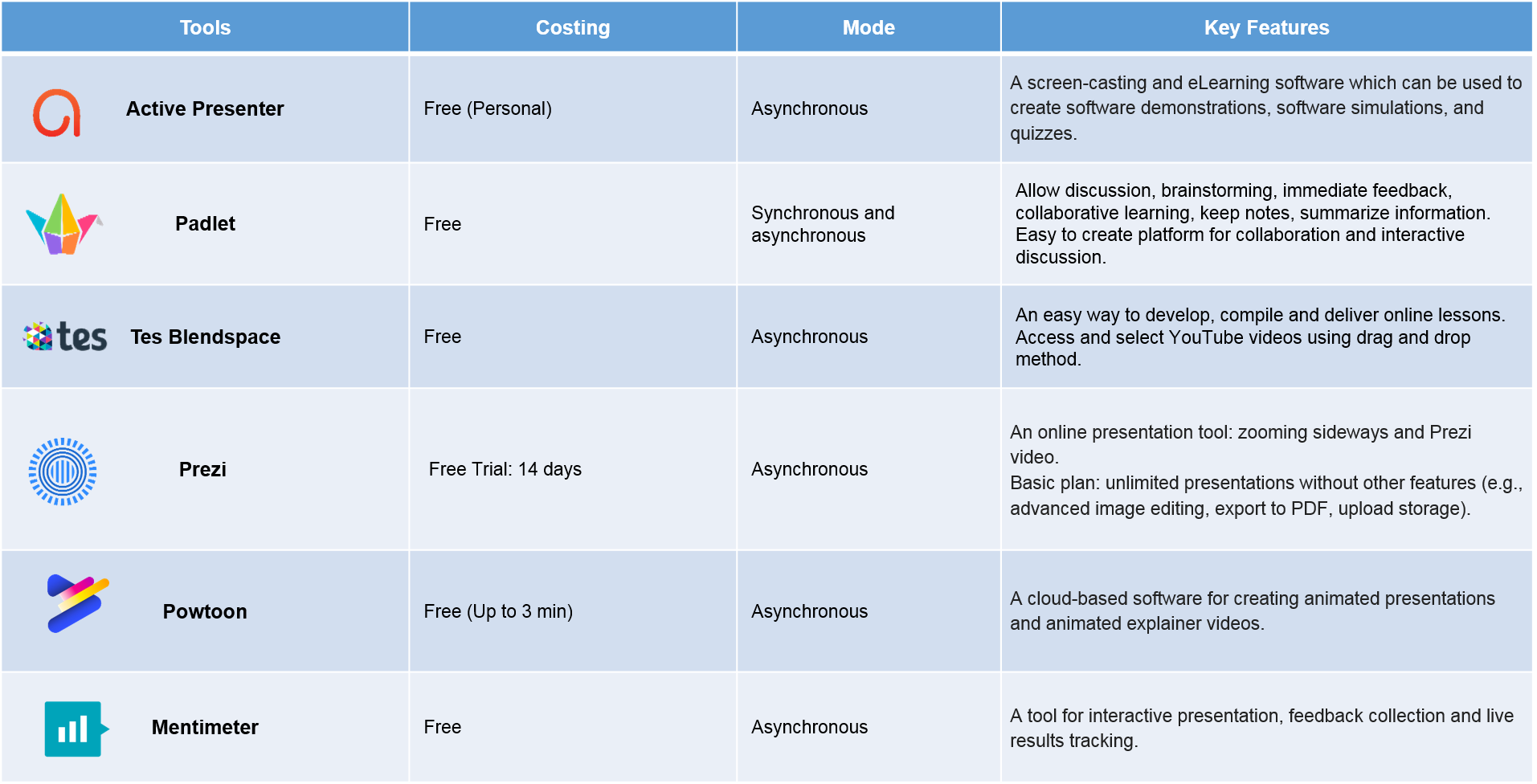 For access to these tools, please click:
For access to these tools, please click:
 For access to these tools, please click:
For access to these tools, please click: